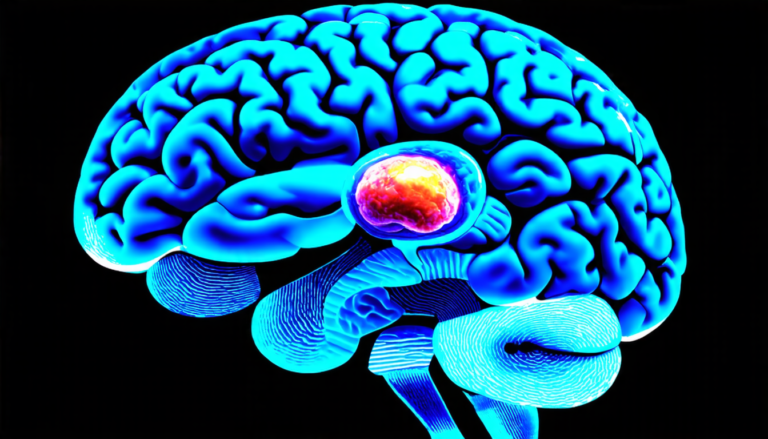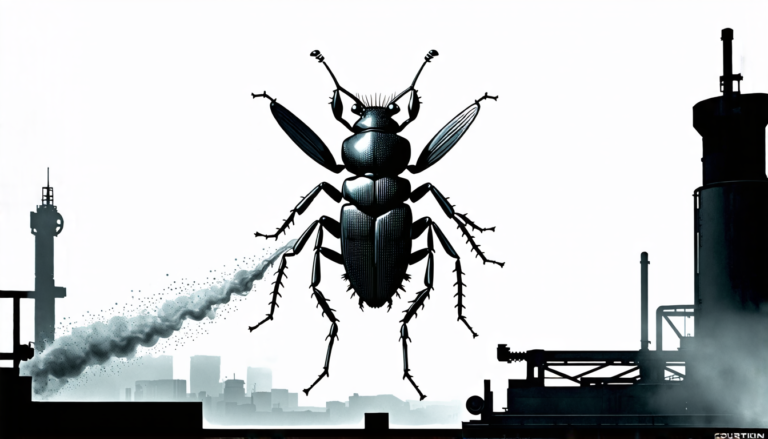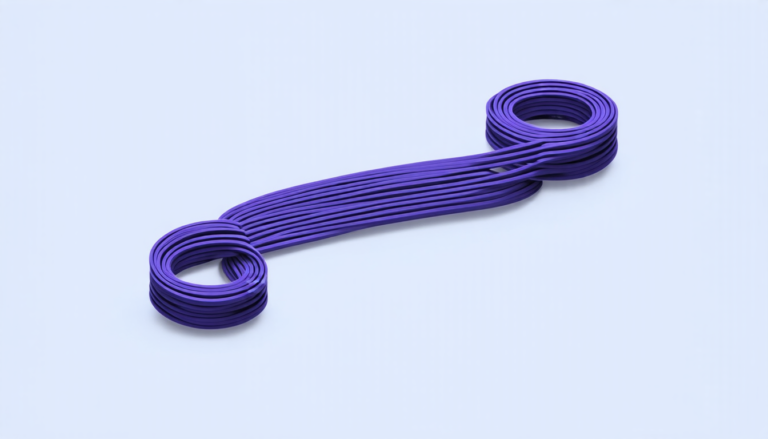Monday 21 July 2025
Scientists have made a significant breakthrough in the field of feature compression, which is essential for efficient data transmission and storage. Feature compression is a technique that reduces the amount of data required to represent an image or video by identifying and removing redundant information.
The new method, developed by researchers at Nanyang Technological University, is capable of compressing features from both traditional computer vision models (CNNs) and more recent transformer-based models (ViTs). This is a significant achievement because it allows for the efficient transmission and storage of data from both types of models.
To achieve this, the researchers proposed a two-step alignment strategy to unify heterogeneous feature representations. The first step involves formatting CNN features into a consistent 2D structure, while the second step aligns the statistical distributions of the features using truncation and normalization techniques.
The researchers evaluated their method by comparing it to an existing baseline method that is only capable of compressing features from traditional computer vision models. The results showed that their method achieved superior rate-accuracy performance across all bitrates, particularly at low bitrates where the baseline method struggled to maintain accuracy.
One of the key findings was that the truncation range used had a significant impact on the compression efficiency and accuracy. A narrower truncation range resulted in flatter feature distributions, while a wider range produced more concentrated distributions. This suggests that finding the optimal truncation range is crucial for achieving the best results.
The researchers also found that their method demonstrated greater robustness to variations in truncation ranges compared to traditional computer vision models. This makes it well-suited for real-world applications where data transmission and storage efficiency are critical.
This breakthrough has significant implications for a wide range of fields, including artificial intelligence, robotics, and autonomous vehicles. It enables the efficient transmission and storage of large amounts of data, which is essential for these applications to function effectively.
The researchers’ method also opens up new possibilities for developing more advanced compression algorithms that can handle even larger models and datasets. This could lead to significant advancements in fields such as image recognition, natural language processing, and speech recognition.
In summary, the researchers have developed a novel feature compression method that is capable of compressing features from both traditional computer vision models and transformer-based models. Their method achieved superior rate-accuracy performance compared to an existing baseline method and demonstrated greater robustness to variations in truncation ranges. This breakthrough has significant implications for various fields and opens up new possibilities for developing more advanced compression algorithms.
Cite this article: “Breakthrough in Feature Compression Enables Efficient Data Transmission and Storage”, The Science Archive, 2025.
Feature Compression, Computer Vision Models, Transformer-Based Models, Data Transmission, Storage Efficiency, Artificial Intelligence, Robotics, Autonomous Vehicles, Image Recognition, Natural Language Processing







